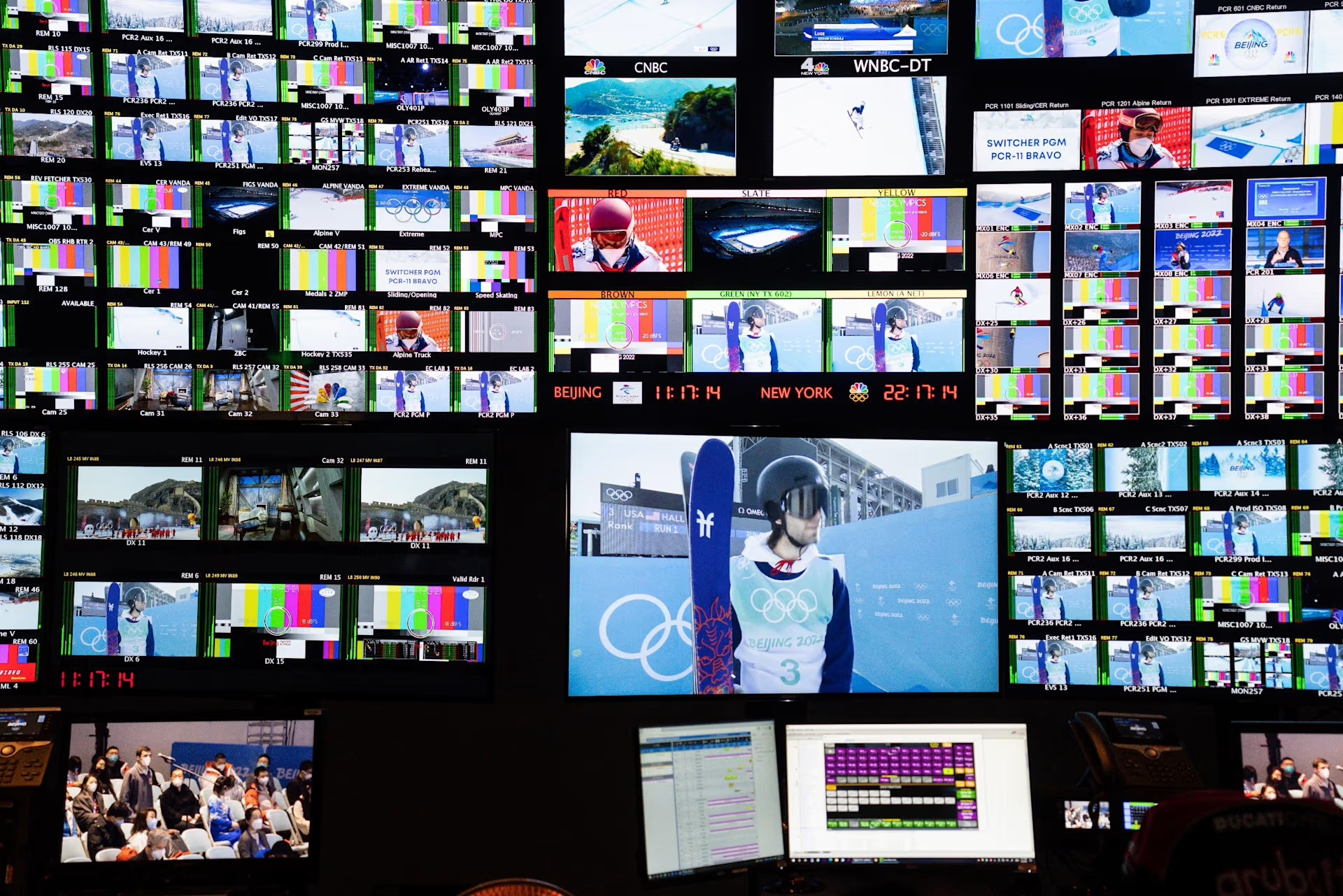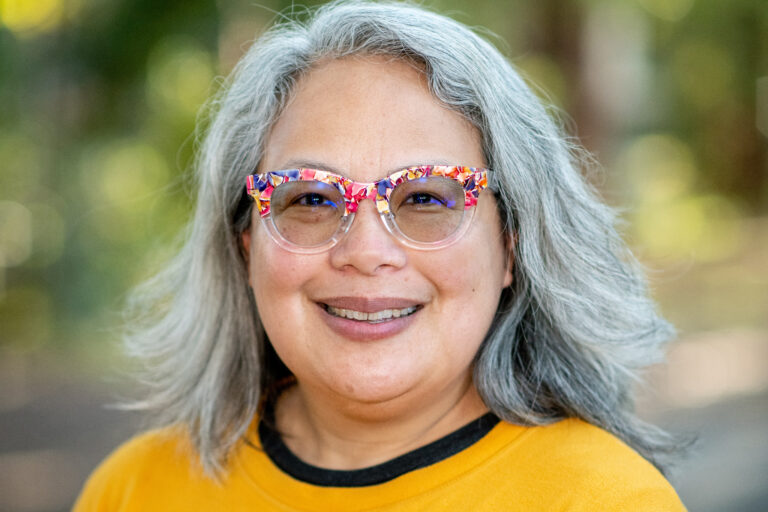What is Lost — and Gained — When Olympics Coverage Becomes a Round-the-Clock Spectacle?

Courtesy of International Olympic Committee
Imagine trying to binge all 11,000 hours of broadcast video from the upcoming Paris 2024 Olympics. It would take more than 458 sleepless days and nights to see all 329 medal events and three dozen sports. It also would require that you didn’t get distracted by the 25,000 social media posts from official Summer Olympics accounts.
There’s no question that the amount of content generated by the Games has exploded over the years. In 2012, the Olympics produced 5,600 hours of video — half of what’s planned for this year. The advent of streaming and the expansion of video-based social media have spurred a visual bonanza that has altered how billions of people around the planet watch competition on the world’s largest stage.

“Like so many things, it’s an additive model,” said Josh Jackson, assistant director of media studies at UC Berkeley. “At the macro level, Peacock didn’t replace cable. Cable didn’t replace broadcast. The internet didn’t replace traditional television. They’re all working together to collect audiences through their favorite means of accessing content and then attempting to move audiences from one platform to the other.”
Jackson said the spectacle of this year’s Summer Olympics is as much a story about curated online content, high-tech video and gold medals as it is about groups like NBCUniversal working to satisfy stakeholders by drawing enormous audiences to its coverage of athletics’ biggest stage.
Capitalizing on the attention of roughly half of the global population will look very different now than it did even a decade ago. In the U.S., it means NBCUniversal will run the show — or rather, an endless stream of them.
The most highlighted and curated program will be “Primetime in Paris,” featuring “enhanced storytelling” with highlights and commentary from the day’s events. Even Snoop Dogg will add commentary. That broadcast is in addition to the daytime lineup, which will air live, less curated events.
Then, on NBC’s streaming service, Peacock, all events will be available on demand. Users can have an AI tool build a customized playlist with individually curated event video highlights — and even hear an AI version of famed sportscaster Al Michaels’ voice narrating the video.
“NBCUniversal is doing a lot to innovate this Summer Olympics,” Jackson said. “Part of it is to flex new skills and just the pleasure of innovating and trying new things and succeeding. But it is also accountable to stockholders of its parent company, Comcast.”

Courtesy of International Olympic Committee
Social media will only add to the deluge. In addition to thousands of official posts about events and athletes, officials with the Olympics are attempting to draw in new audiences. They’ve granted dozens of TikTok, YouTube and SnapChat influencers exclusive access to the events, in hopes that their posts will pierce social media bubbles and land content in front of millions more users.
More ways for people to watch entire events and even just snippets can pique the interest of someone brand new to a sport, said Abigail De Kosnik, an associate professor at the Berkeley Center for New Media and the Department of Theater, Dance, and Performance Studies.
“Even if someone doesn’t sit down and watch hours of the Olympics, they can still become fans of specific Olympic athletes by viewing and reviewing their medal-winning performances on social media,” De Kosnik said.

De Kosnik views the changing, and increasingly fragmented, coverage of the Olympics as a net positive. Besides exposing more people to potentially new sports or athletes whose performances become viral sensations, social media and sport can challenge society’s assumptions and ways of thinking about ethnicity, gender and sexuality.
Take Sha’Carri Richardson. A track superstar, Richardson qualified for the 2020 Tokyo Games, but was issued a suspension after she tested positive for a substance found in marijuana. Meanwhile, a white Russian skater who tested positive for a performance enhancing substance was allowed to compete. De Kosnik said Richardson’s oft-changing hair color and long nails have evoked positive memories for fans of color of the track star Florence Delorez Griffith Joyner — FloJo.
Similarly, some commentators criticized Simone Biles for her decision in 2021 to step away from competitive gymnastics to tend to her mental health. But on social media, fans — especially fans of color — drew inspiration from her.
“By expressing support for Black women athletes who step outside of dominant society’s bounds and expectations for Olympians,” De Kosnik said, “social media helps disrupt — or at least complicate — the stories that might have otherwise been told about these athletes by mainstream media.”
Social media helps disrupt — or at least complicate — the stories that might have otherwise been told about these athletes by mainstream media.
— Abigail De Kosnik
Aside from the benefits — increased visibility for athletes, more viewing options, greater opportunities to challenge cultural norms — it’s hard to ignore perhaps the biggest change of all: one simultaneous, worldwide broadcast that bridges cultures and differences. Those moments, however fleeting, are times when social media platforms might feel a bit less toxic and people might feel a bit more connected to each other.
“There’s also something pleasurable about being part of a mass, simultaneous experience of millions of people together, watching the opening or closing ceremonies, watching hyper-popular events like gymnastics and swimming,” Jackson said. “This is still available. It’s just that there’s additional options, too.
“It represents a shift in experience. I think something is lost there. But other other things are being gained as well. It’s not like a loss of experience, but a different experience.”